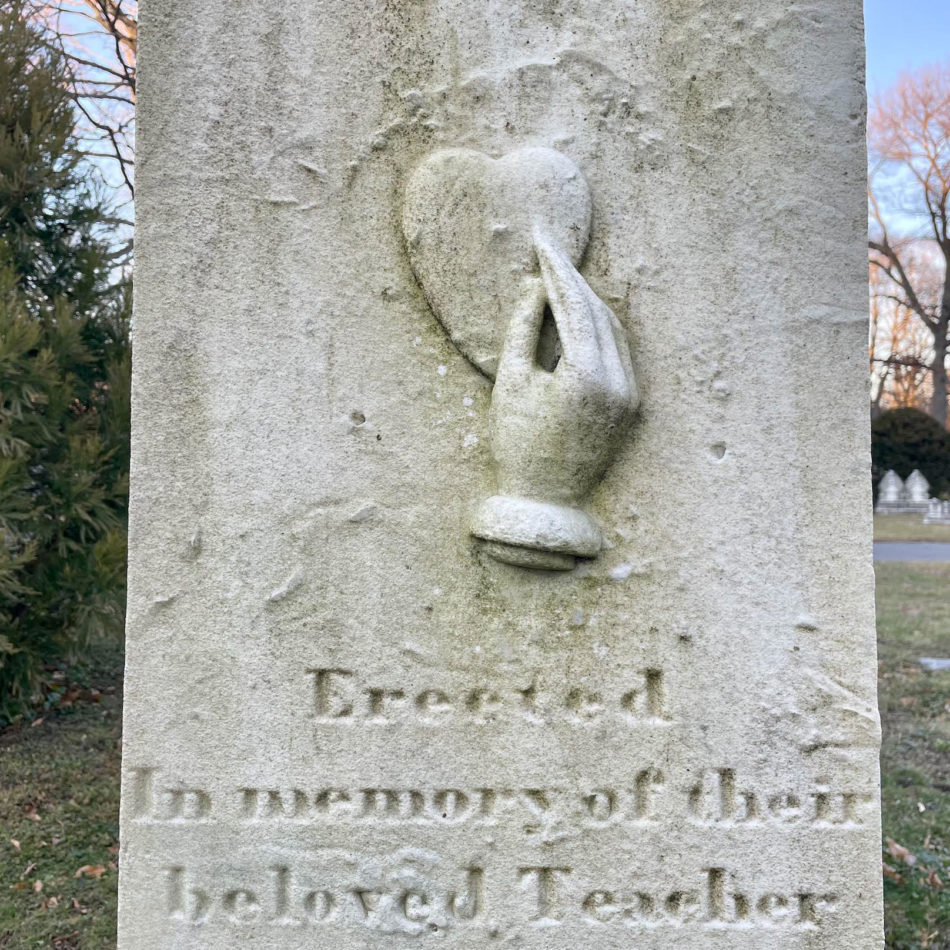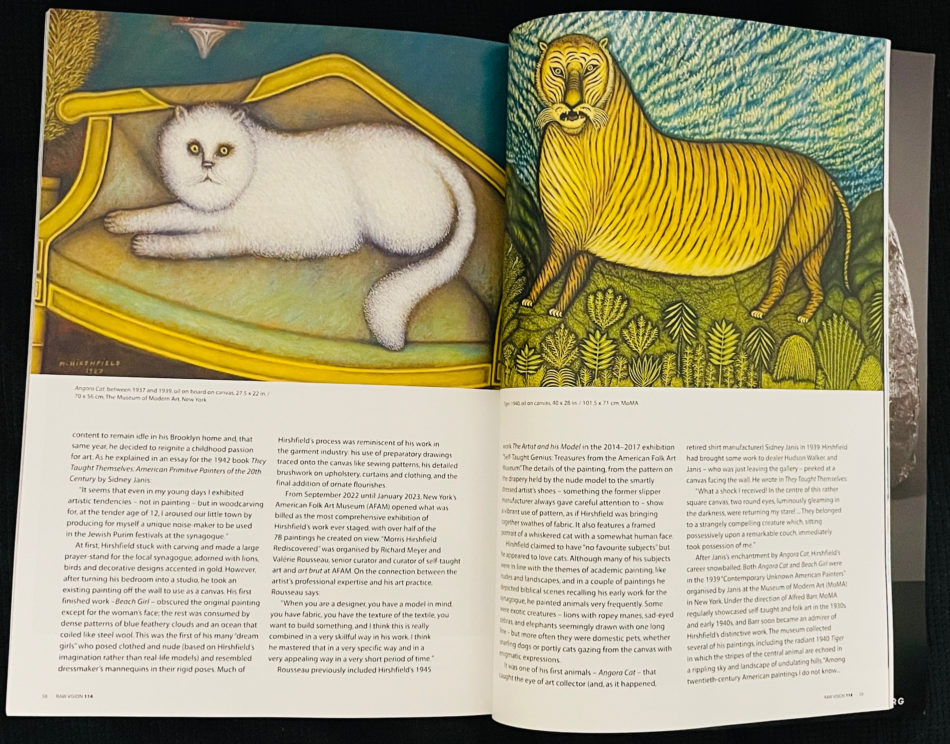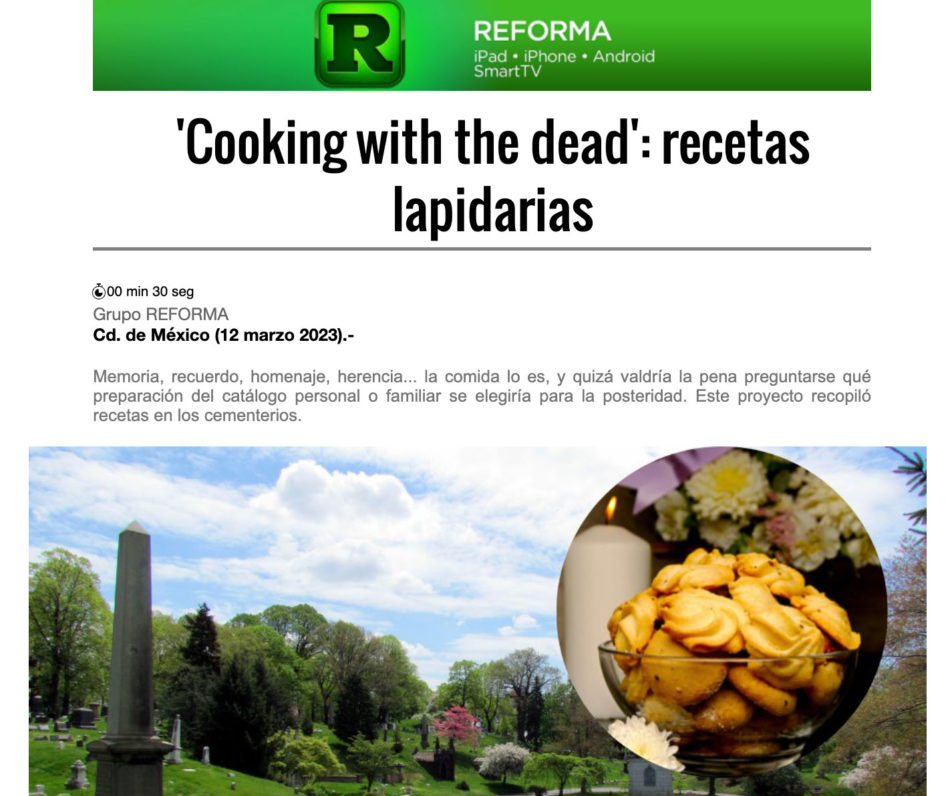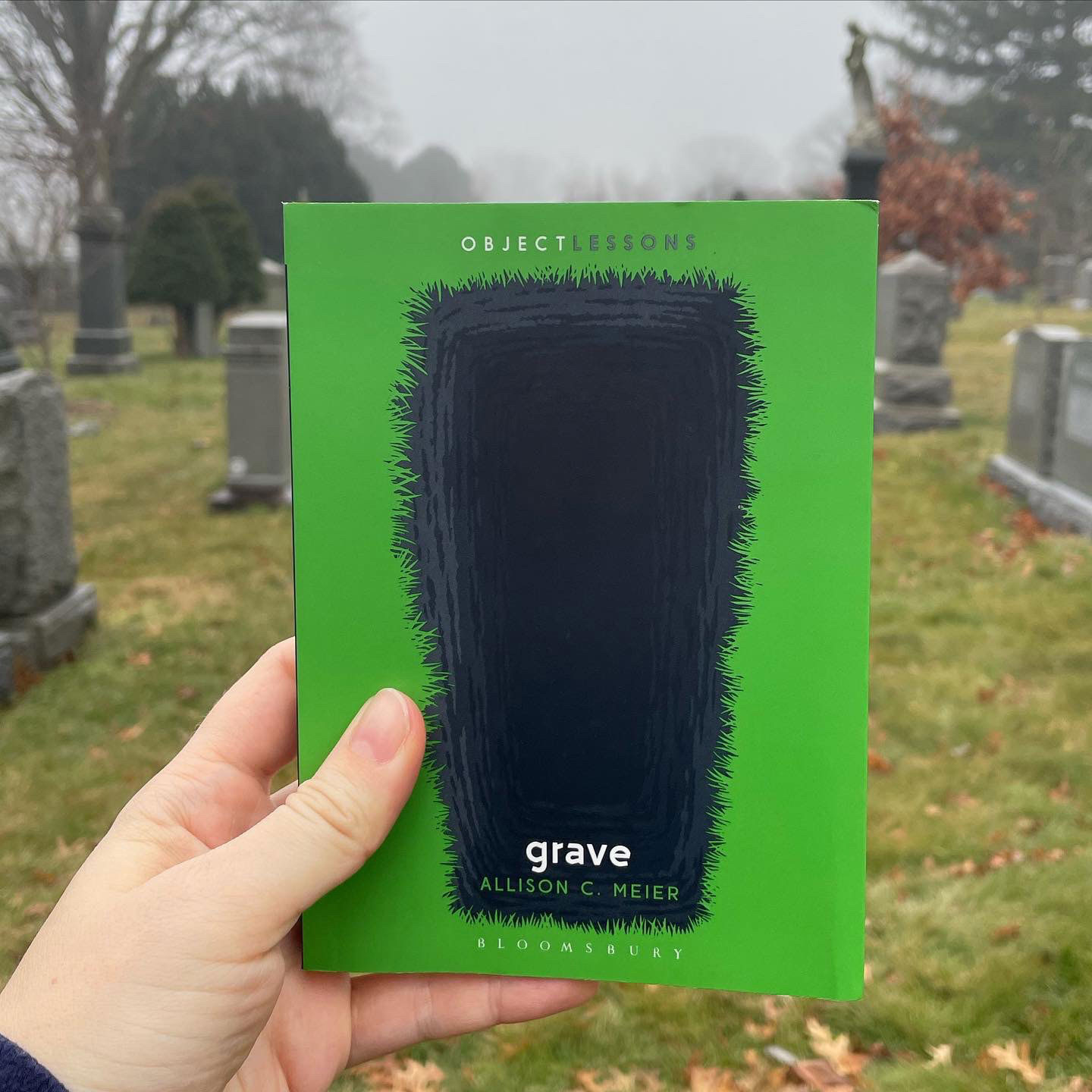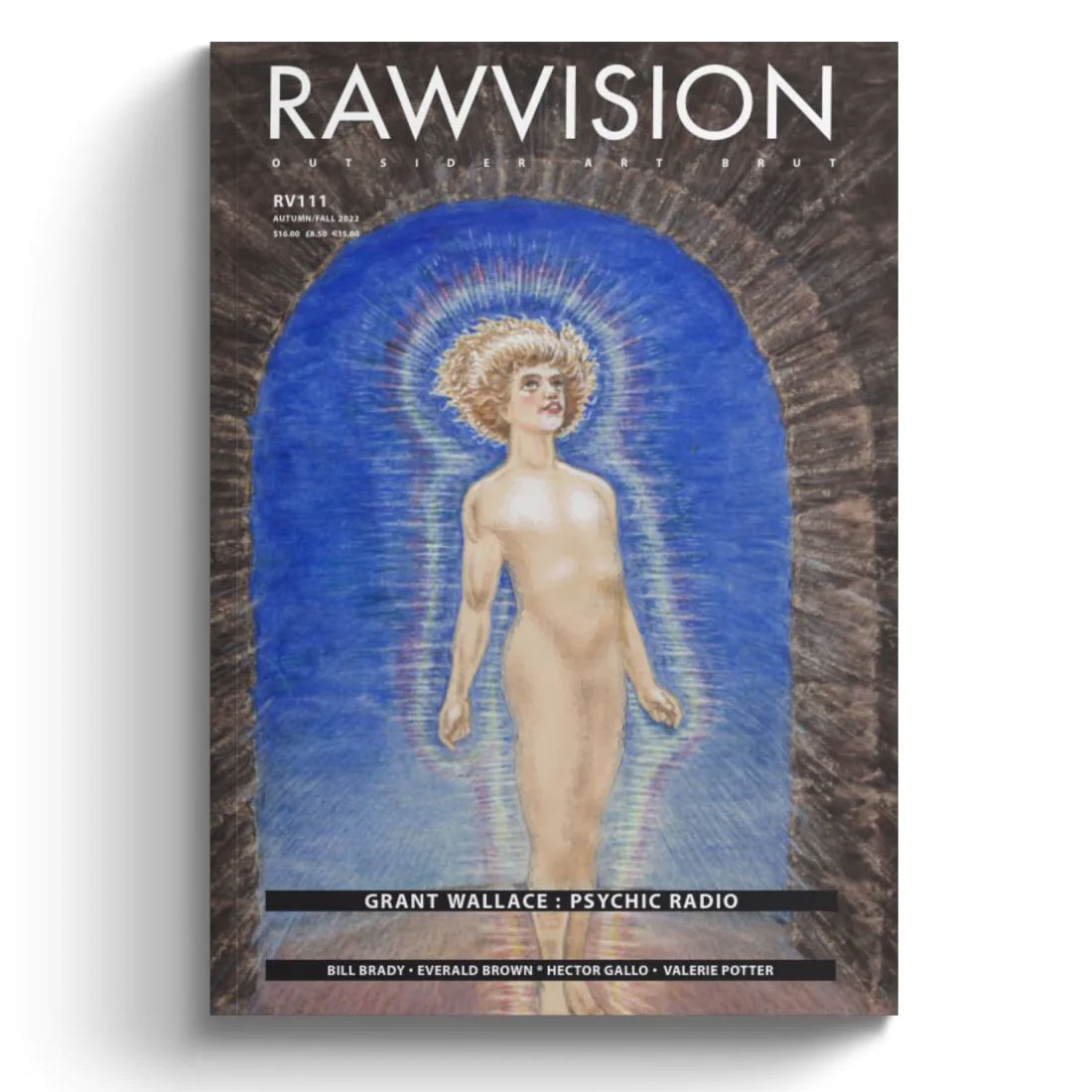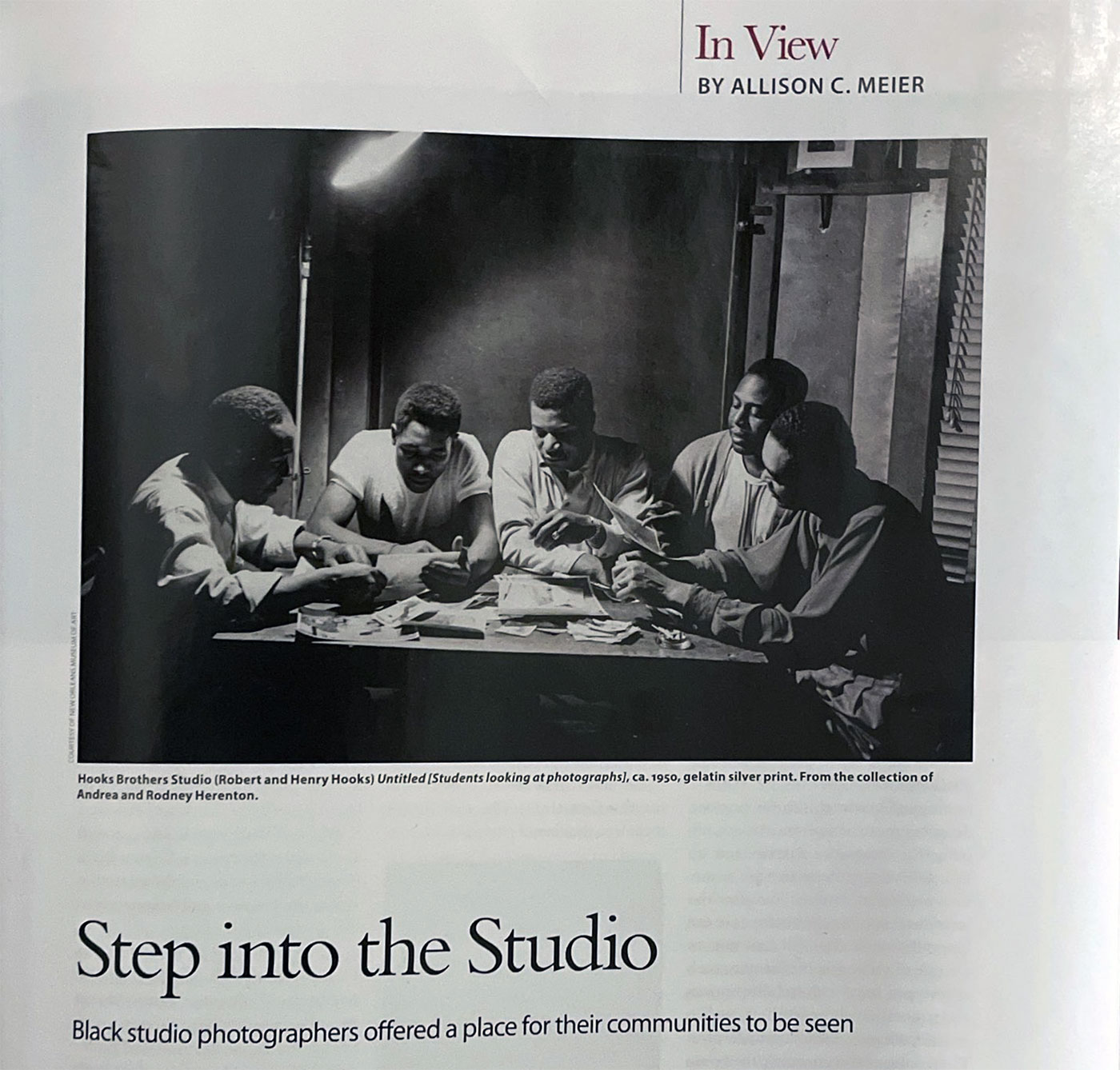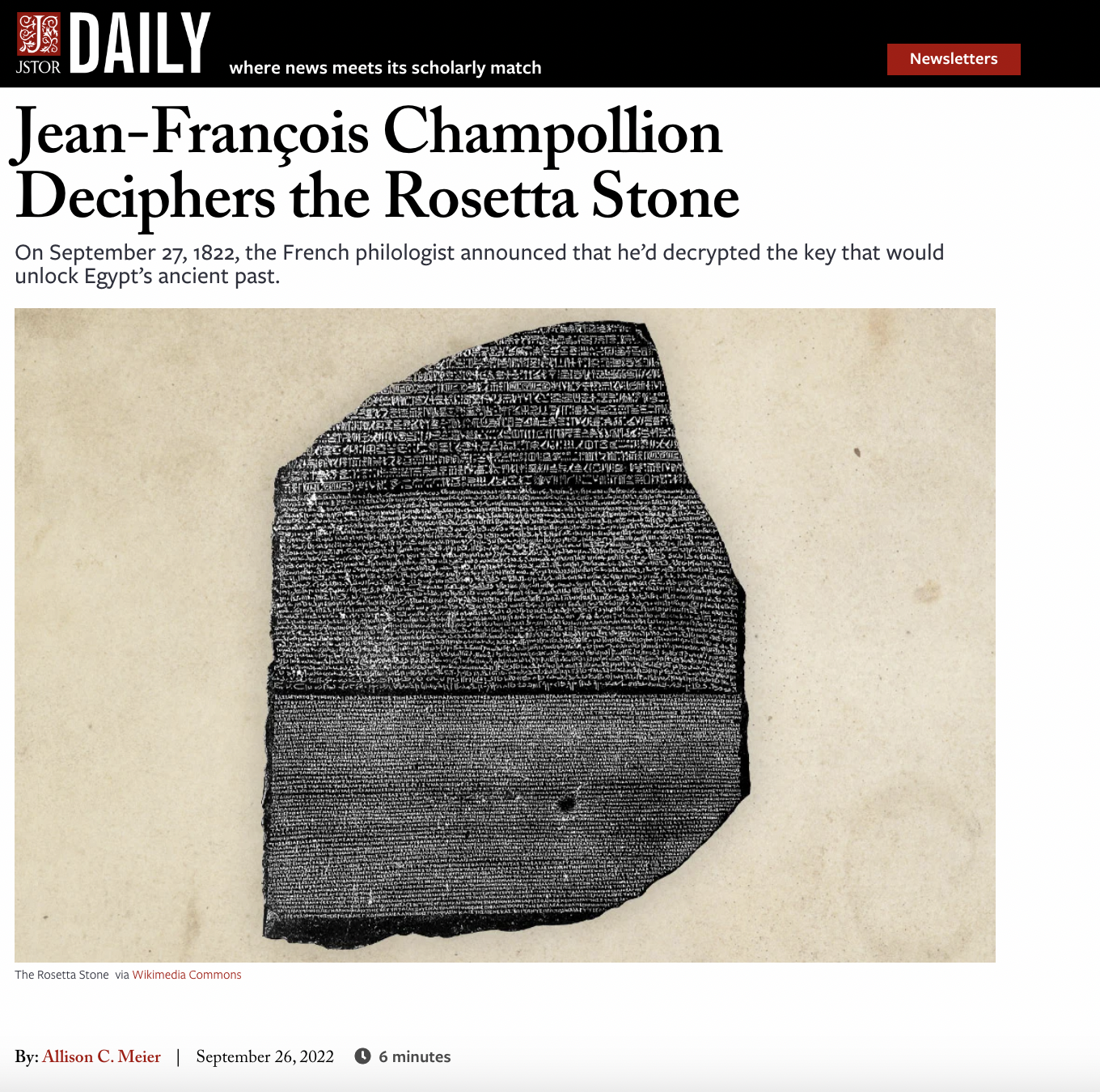
For the Autumn 2022 issue of Fine Books Magazine I have two stories in print! One is on the landscape photography of Robert Adams that is currently on view at the National Gallery of Art:
For five decades Robert Adams has captured with a quiet clarity the landscapes of the American West. He has given the same consideration to the stark lines of suburban subdivisions as the majesty of the mountains, always with an eye to how people have altered the earth and what the role is of an artist in a place of both beauty and destruction. As he wrote in his 2017 book Art Can Help, “It is the responsibility of artists to pay attention to the world, pleasant or otherwise, and to help us live respectfully in it.”
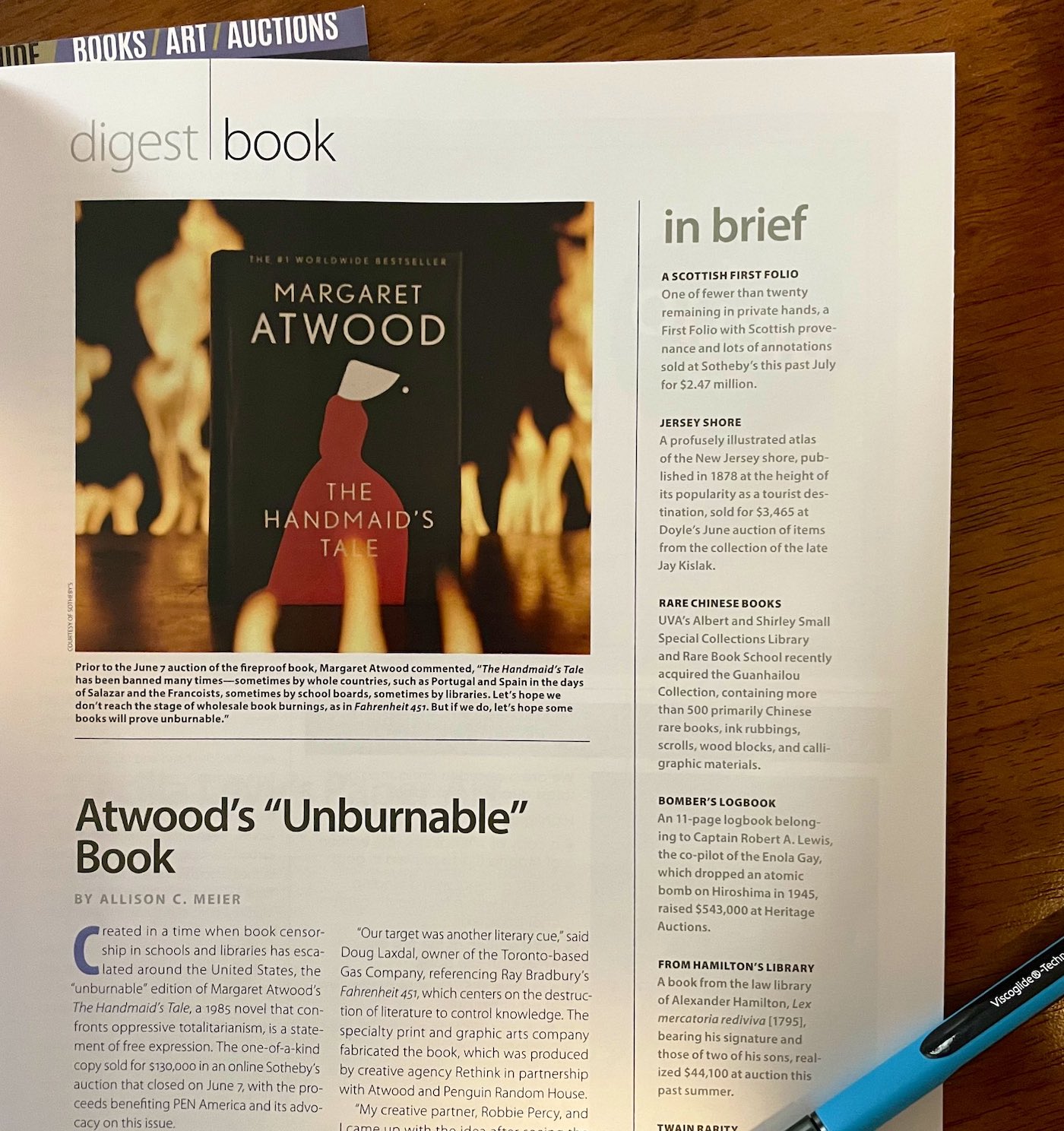
I also wrote a piece on the “Unburnable” edition of Margaret Atwood’s The Handmaid’s Tale and how it was made to resist the flames as a statement on censorship:
Created in a time when book censorship in schools and libraries has escalated around the United States, the “Unburnable” edition of Margaret Atwood’s The Handmaid’s Tale, a 1985 novel that confronts oppressive totalitarianism, is a statement of free expression. … Challenged since its publication, Atwood’s searing story of a dystopian America where women’s rights are suppressed by religious fundamentalism was made into a unique volume that can withstand 451 degrees of heat.
Read both stories in print in Fine Books Magazine.
